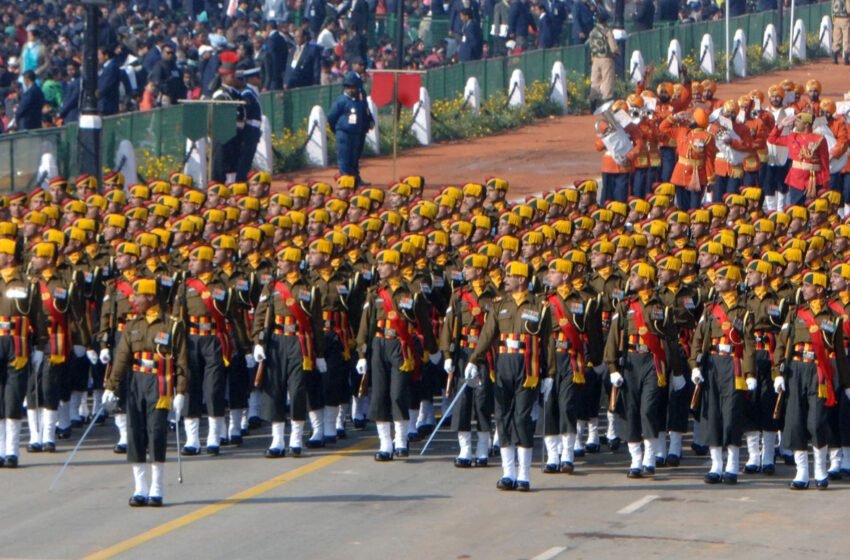– Mili Joshi Discover the life of Ravindra Kaushik, the Indian spy who infiltrated Pakistan’s military intelligence. Uncover his bravery, espionage feats, and ultimate sacrifice. In the annals of Indian espionage history, few names command the awe and reverence that Ravindra Kaushik does. Known as India’s greatest spy, Kaushik lived a life of unparalleled courage, […]Read More
Tags : ANCIENT INDIA
-Mili Joshi Dive deep into the meaning and significance of the 4 Mahavakyas from the Upanishads. Explore their spiritual, philosophical, and practical relevance in Advaita Vedanta. An in-depth study of the vast body of Indian philosophy reveals a variety of distinct standpoints. Advaita, the most sophisticated, is a historical byword for ‘being as such’ and […]Read More
-Mili Joshi Three types of people have made a notable dent in history in terms of being called ‘heroes’ in India: freedom fighters, politicians, and military leaders. Rarely do we remember these days the guardians of India’s intelligence network who operate from the shadows. Among these two classes of unsung patriots stands a man whose […]Read More
– Khirabdhi Tanaya Gour In the high-pressure arena of counter-terrorism, where each moment is critical and accuracy is essential, one name prominently emerges in India: the National Security Guard (NSG). Commonly referred to as the Black Cats, these top-tier commandos epitomize excellence in training, discipline, and bravery. From counter-terrorism missions to hostage rescues, the NSG […]Read More
-Trushti Dand The Kumaon Regiment is one of the most decorated and battle-hardened infantry regiments of the Indian Army. Its roots trace back to 1813, making it one of the oldest regiments in the Indian military history. The origins of the regiment lie in the 2nd Battalion of the 18th Regiment of Bengal Native Infantry, […]Read More
-Trushti Dand The Dogra Regiment is one of the oldest infantry regiments in the Indian Army, known for its unwavering courage, discipline, and stoic service along some of the country’s most treacherous frontiers. Its origins trace back to 1877, when the British raised the 37th (Dogra) Bengal Infantry, composed largely of Dogra recruits from the […]Read More
~Trushti Dand The Jat Regiment is one of the oldest and most decorated infantry regiments of the Indian Army. Its history dates back to 1795, when the East India Company raised the Calcutta Native Militia, which later became the 14th Bengal Native Infantry. This unit formed the basis for the present Jat Regiment. Over time, […]Read More
-Arushi Kastwar In the Indian Army, regimental traditions are far more than ceremonial formalities or pageantry—they are the very essence of what gives a military unit its heart, spirit, and cohesion. These traditions carry with them the weight of history, the pride of generations, and the values that soldiers live and die for. They are […]Read More
-Devika J In each army, aside from the uniforms, guns, and badges of rank, there are tales—tales that give life to regiments, characterize their legacies, and secure their place in history. Since 1947, the Indian Army and its regiments have stood tall, not merely in victories but in valour, sacrifice, and in spirit. The spirit […]Read More
-Devika J India is considered a land of courage and sacrifice. Its soldiers have seen innumerable instances of distinguished acts of valour. Over a number of decades, from the frozen Himalayan peaks to the desert sands of Rajasthan, the Indian Army has remained steadfast as would a stationary wall, with a determination to safeguard citizens […]Read More









